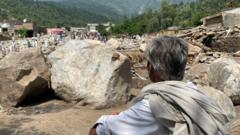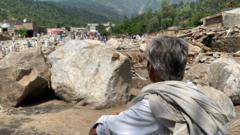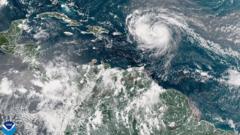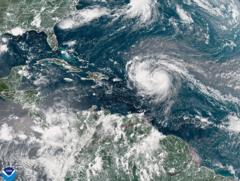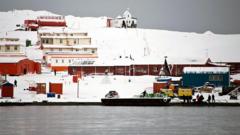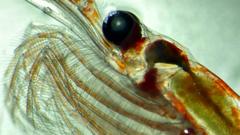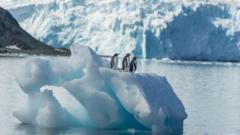Some regions around Antarctica are experiencing an uptick in salinity, which is impacting sea ice formation and melting patterns. A groundbreaking study published on July 1, 2025, in the Proceedings of the National Academy of Sciences sheds light on how these saline conditions correlate with a decline in Antarctic sea ice. Lead researcher Alessandro Silvano, a senior scientist at the University of Southampton, emphasizes that this finding signifies the onset of a new environmental paradigm.
Sea ice plays a crucial role in climate regulation; it melts in warmer months and refreezes during colder periods, reflecting solar radiation away from the planet. While the Arctic has been suffering from diminishing sea ice since the late 1970s, the Antarctic saw growth until the 2010s. This shift poses serious implications for global sea levels and climate change.
The team's analysis utilized satellite data to detect minute changes in brightness associated with varying salt concentrations in surface seawater. However, the significance of this data had previously been obscured by the noise of other variables. Recent advancements in algorithms enabled researchers like Dr. Silvano to extract the relevant signals confidently.
Initially skeptical, the research team verified their findings through physical ocean measurements, confirming the rising salinity trend. This evolving understanding of Antarctic sea ice dynamics could hold critical implications for predicting future climate-related phenomena and underscores the urgency of addressing global warming.





